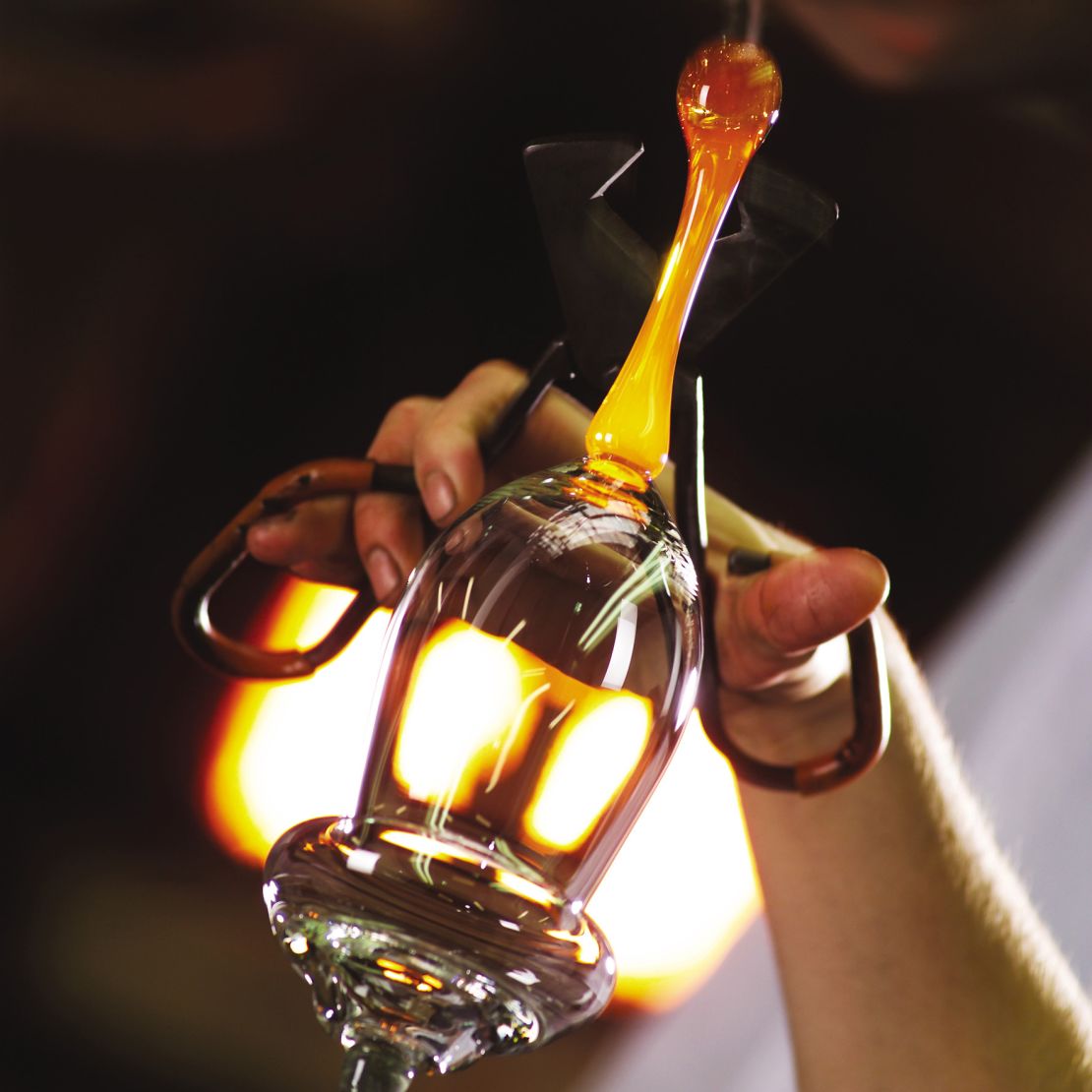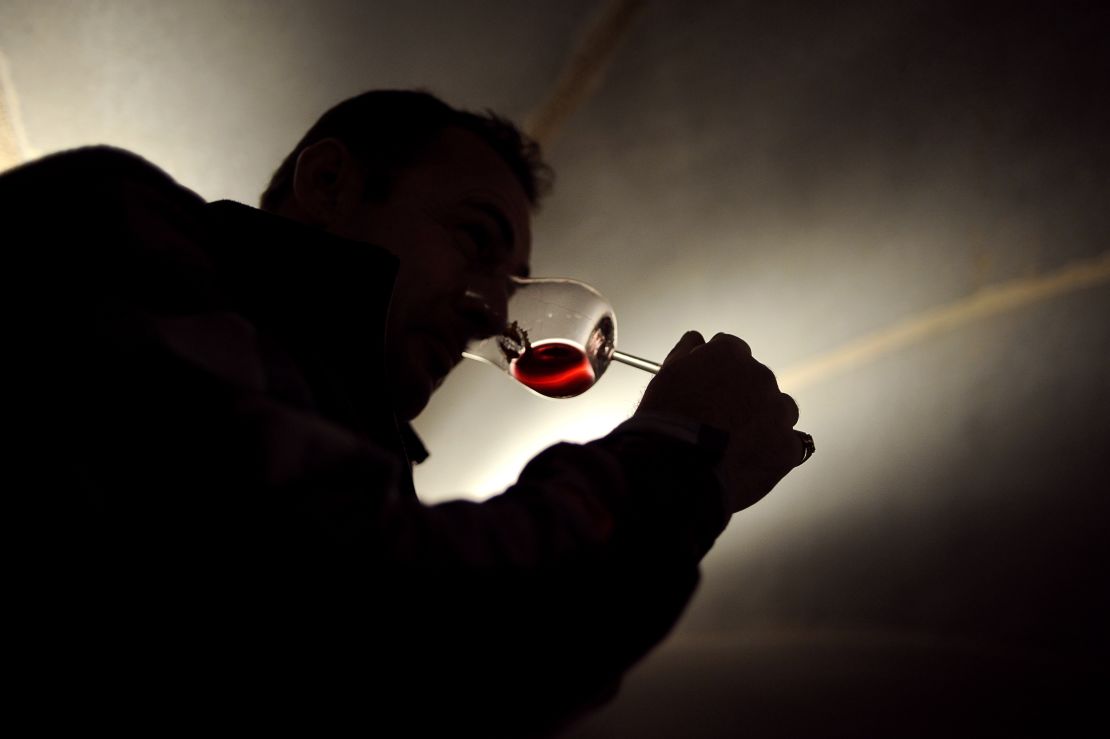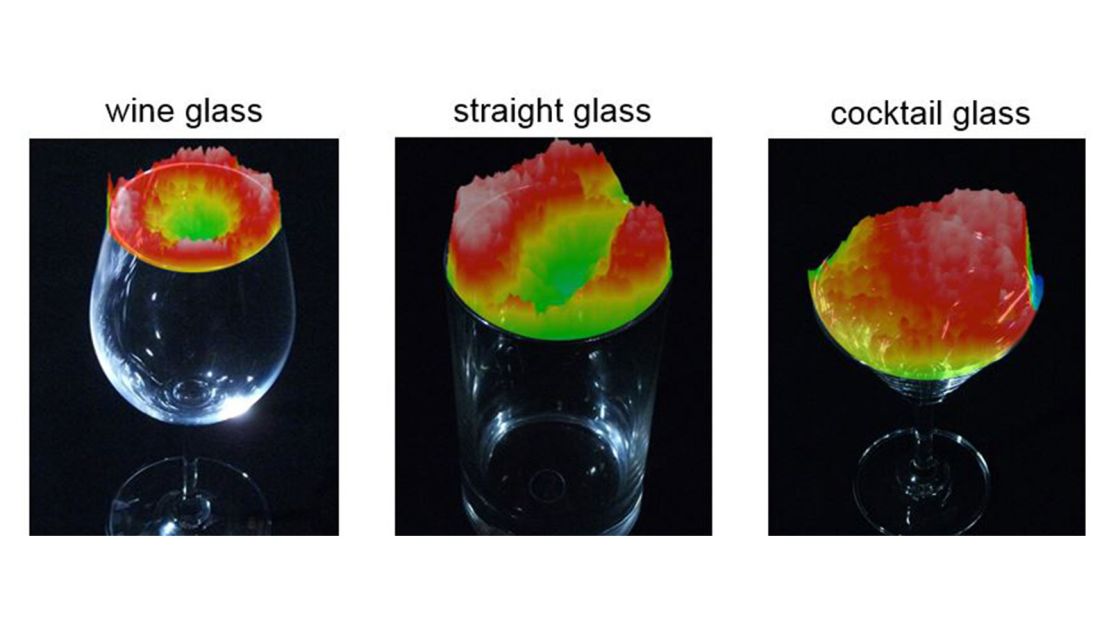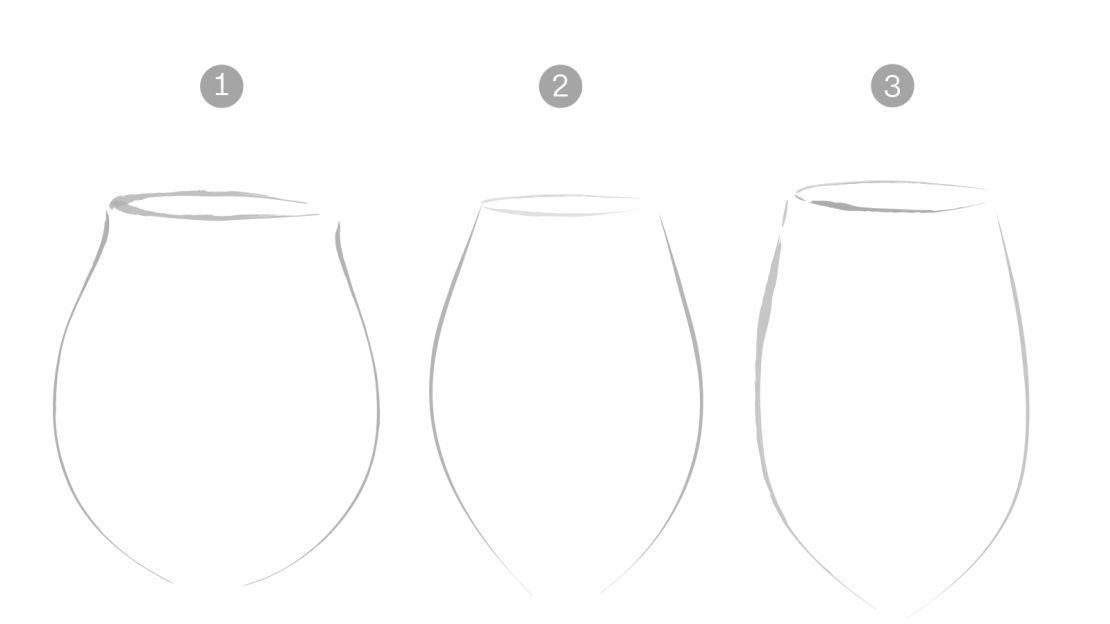Story highlights
Glass design can influence how wine tastes, according to some experts
Some luxury glassware companies tailor collections to match specific wines
Scientific study demonstrates how glass shape can affect a wine's aroma
Gallery: See how a Pinot Noir could taste different across three glasses
Sonic decanters, slip-on wine thermometers, devices to pour your wine without pulling the cork – the list of fancy wine accessories is growing apace, as global wine enthusiasts look for newer, better ways to appreciate their favorite tipple.
But James Molesworth, Senior Editor at Wine Spectator magazine says expensive gadgets are largely unnecessary. “You don’t need much else besides a simple decanter, corkscrew and stemware.”
The inclusion of the latter – quality stemware, which can easily cost upwards US$100 per glass – is becoming a popular choice in many of the world’s leading high-end restaurants.
“It’s mirrored the growth of lifestyle dining,” Molesworth tells CNN. “It’s part of the theater and expectation, at a certain level and at three-star restaurants. It’s the same way you would expect to be served fine china and impressive flatware.”
Same wine, different glass

Beyond aesthetics, the promise delivered by some luxury glassware companies – like Austria-based Riedel – is that the actual design of the glass can alter the taste of the wine.
Since 1958, Riedel has produced specially-designed glasses, tailored to appreciate over 300 types of wines and grape varieties.
The idea is, if you have a bottle of say, a Pinot Noir, and pour it into a few different glasses, the taste of that wine will vary across the different-shaped glasses.
As Georg Riedel, the 10th generation owner of the family business, explains: “The glass is a tool made to deal with the multiple flavor contributors in wine – like fruit, neutrality and acidity – and balance them.”
The ‘architecture’ of a glass

Each Riedel glass adheres to three main design parameters – the size, the shape and the opening.
The size controls how much air is in contact with the wine, the shape determines how the liquid flows to the opening, and the rim’s diameter influences how fast the wine flows, and then, how it lands on the palate.
He says even an average drinker’s palate can appreciate the differences in taste.
“We belong to the category of mammals and have a brain. We’re naturally drawn to sucrose. The sweeter something is, the more we like it,” Riedel says.
Glasses, he explains, can over-accentuate the bitter or acidic components of wine, while others, with more optimal design, should bring out a wine’s fruitier flavors.
So, does shape really matter?
While taste is arguably a subjective experience, scientists at the Institute of Biomaterials and Bioengineering at Tokyo Medical and Dental University, recently weighed in on the matter.
Using an imaging device called a sniff-cam, Professor Kohji Mitsubayashi and his team mapped out the distribution of ethanol vaporizing from differently-shaped glasses.

In one part of the study, three types of glasses – a standard wine glass, a straight glass and a cocktail glass were trialled. When the same amount of wine was poured into each of these glasses, and examined at a temperature of 13 degrees Celsius, the images revealed that a ring-shaped vapor pattern appeared at the edges of the wine glass.
Mitsubayashi explains that this ring-shaped pattern allows drinkers to appreciate the wine, without the smell of ethanol – which is likened to the smell of vodka – interfering.
That interference is captured by the sniff-cam, showing higher intensities of ethanol vapor, in the other two glasses.
“The shape of the wine glass has a very sophisticated and functional design for tasting and enjoying the aroma of the wine,” the report concludes.
No miracles guaranteed

So should all passionate wine drinkers rush to line their cupboards with premium glass?
Austrian glassmaker Georg Riedel weighs in: “We would never say, ‘this is the wrong way to drink something.’ Wine is there to be enjoyed.”
But he believes drinkers “actually do miss something,” because many don’t benchmark their wine in different glasses when they crack open a bottle.
“I would say everyone who tastes wines in different-shaped glasses would believe they are actually different wines. And out of those, you can pick your preference, which proves that one shape elevates the components of the wine better than another,” he says.
“Of course, a glass cannot change a wine from a bad wine to a good wine. We are not responsible for miracles.”













